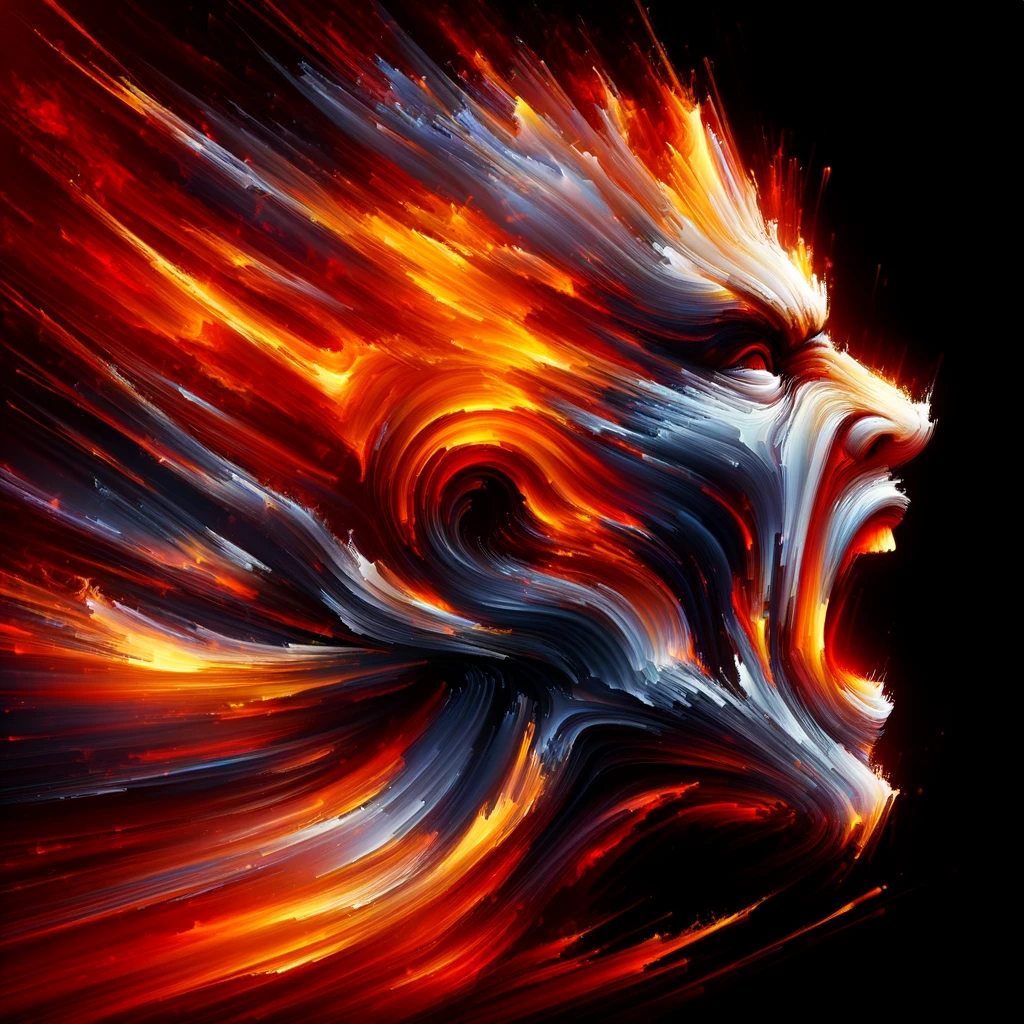In Plutchik’s Wheel of Emotions, the conceptual framework is designed to illustrate the relationships among different emotions, suggesting that basic emotions can combine to form complex feelings and that each has an opposite. Anger and fear appear as opposites within this model, primarily because they represent fundamentally different reactions to perceived threats or challenges, each activating distinct behavioural patterns and physiological responses.
Anger typically arises as a reaction to a perceived wrong or injustice, leading to a confrontational or aggressive response aimed at removing the source of the anger. It’s often associated with a sense of certainty and control over a situation, where the individual feels empowered to take action against the perceived threat. This emotion can mobilize energy, increase determination, and drive actions aimed at correcting or fighting against the perceived problem.
Fear, on the other hand, emerges in response to an immediate threat or danger, leading to a defensive or avoidant reaction. It is characterized by a sense of uncertainty and lack of control over the situation, prompting behaviours aimed at escaping, avoiding, or hiding from the threat. Fear triggers a fight-or-flight response, emphasizing survival through avoidance or escape from the perceived danger.
Plutchik’s model positions these emotions as opposites because as motivating emotions, they prompt divergent actions and strategies in response to threats: anger drives one to confront and attack, whereas fear urges one to retreat and protect oneself. This dichotomy reflects a deeper psychological and evolutionary logic, where the optimal response to a threat depends on the nature of the challenge and the individual’s assessment of their ability to overcome it. By positioning anger and fear as opposites, Plutchik’s wheel highlights the adaptive roles these emotions play.

